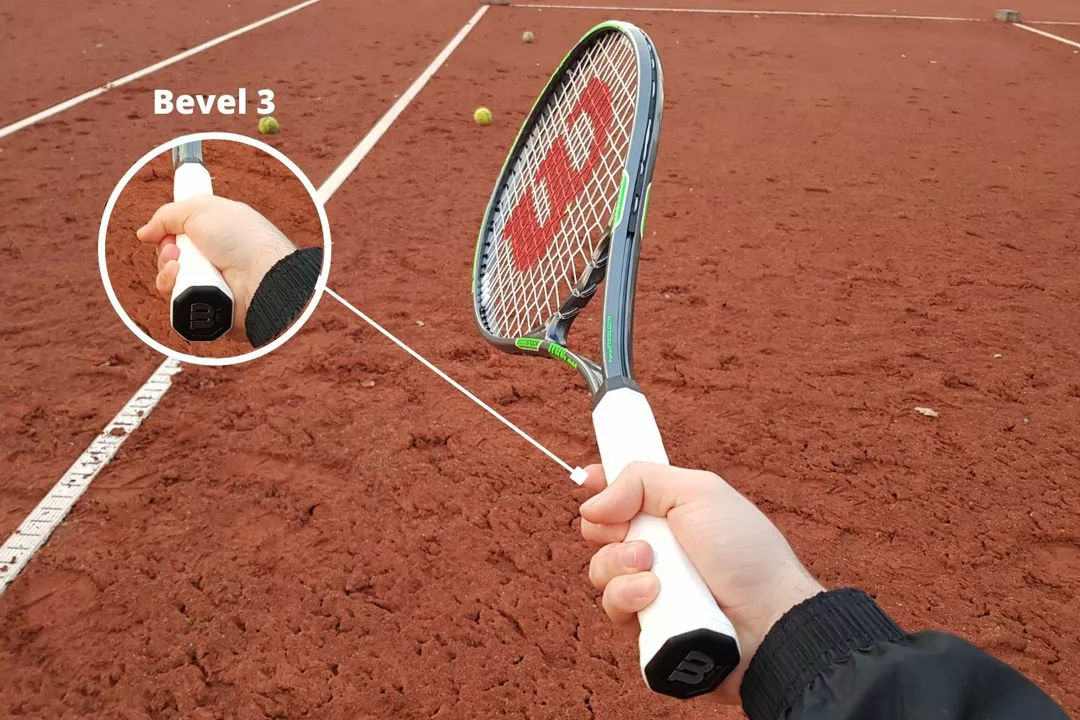Beginner Tennis Tips: Simple Steps to Play Better Right Away
If you’ve just picked up a racket, the flood of advice can feel overwhelming. Don’t stress – focus on a few core habits and you’ll see steady progress. The biggest gains come from mastering grip, stance, and footwork before you chase fancy shots.
Essential Gear and Grip
First, choose a racket that feels light and comfortable. A 27‑inch frame with a medium grip size (usually 4 3/8" – 4 1/2") works for most beginners. Hold the racket with the continental grip – imagine shaking hands with the racket. This grip lets you serve, volley, and hit forehands without constantly readjusting.
As you get more confidence, you can experiment with the eastern forehand grip for a bit more power on groundstrokes. But stay with the continental for now; it keeps your swing natural and reduces wrist strain.
Fundamental Strokes and Footwork
Start each rally with a solid ready stance: feet shoulder‑width apart, knees slightly bent, weight on the balls of your feet. This low‑center‑gravity position lets you explode toward the ball. When the ball heads your way, step into the shot with your front foot pointing where you want the ball to go.
For a forehand, swing low to high, brushing the ball to generate topspin. Keep the racket head up and finish with the racket pointing toward your target. For a backhand, you can use either one‑hand or two‑hand grip – the two‑hand version offers extra stability for beginners. The swing path is similar: low to high, finish high.
The serve is often the most intimidating part. Break it down: toss the ball slightly in front of you, bend your knees, then push up with your legs while swinging upward. Aim for a smooth motion rather than trying to power it. Practice the toss until it lands consistently at the same height.
Footwork drills don’t need fancy cones. Simply shuffle side‑to‑side across the baseline, then sprint forward for a short drop shot, and backtrack to the baseline. Repeating this pattern builds the quick, light steps needed for real matches.
Now, let’s talk practice. Spend 20 minutes on a wall or with a partner hitting forehands, then another 20 on backhands. Finish with 10 minutes of serving. Short, focused sessions keep your muscles fresh and your mind sharp.
Common mistakes to avoid: gripping too tightly, over‑rotating the wrist, and standing upright while waiting for the ball. Relax your grip, keep the wrist neutral, and stay low. These tweaks alone can make your shots more consistent.
Finally, remember tennis is as much mental as physical. Celebrate small wins – a clean forehand or a serve that lands in the box. Positive reinforcement keeps you motivated and speeds up learning.
Stick to these basics, hit the court regularly, and you’ll see noticeable improvement without feeling overwhelmed. Beginner tennis is all about building solid habits; once they’re in place, the fun part – adding spin, power, and strategy – becomes much easier.

What tennis racket would you recommend for a beginner?
As a beginner in tennis, I would highly recommend starting with a racket that offers a good balance of power, control, and maneuverability. The HEAD Ti.S6 is a popular choice for its lightweight yet stable frame, making it easier for new players to learn the ropes. Additionally, the Babolat Drive Max 110 is also a great option, as it provides a larger sweet spot and added power, perfect for those still developing their swing. Don't forget to consider your budget and personal preferences when choosing the right racket for you. Ultimately, it's essential to feel comfortable and confident with your equipment as you embark on your tennis journey.
Detail



